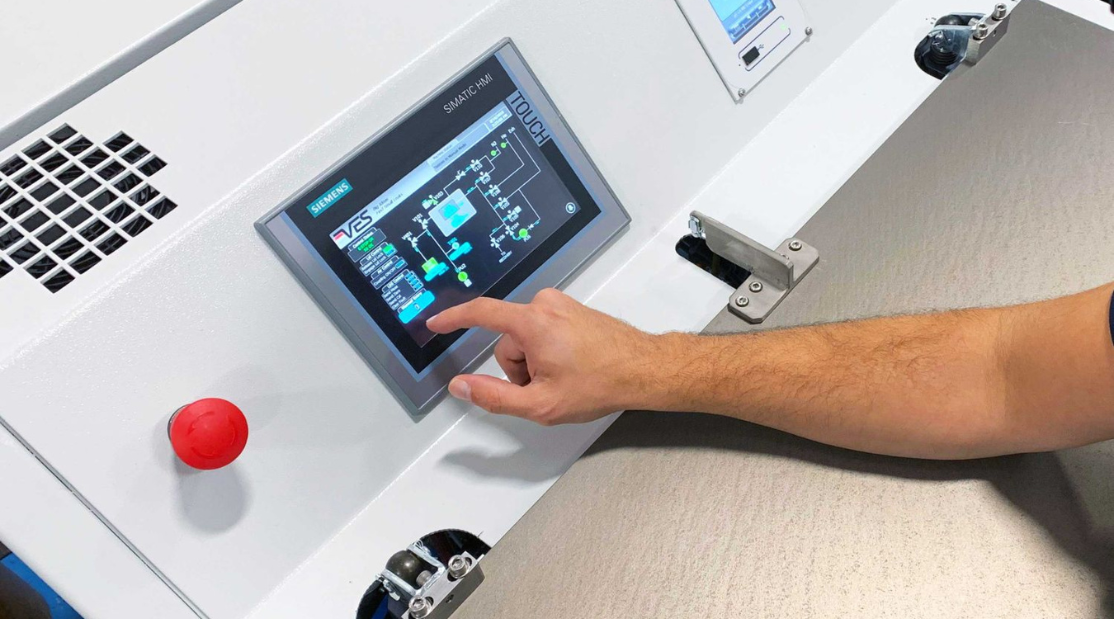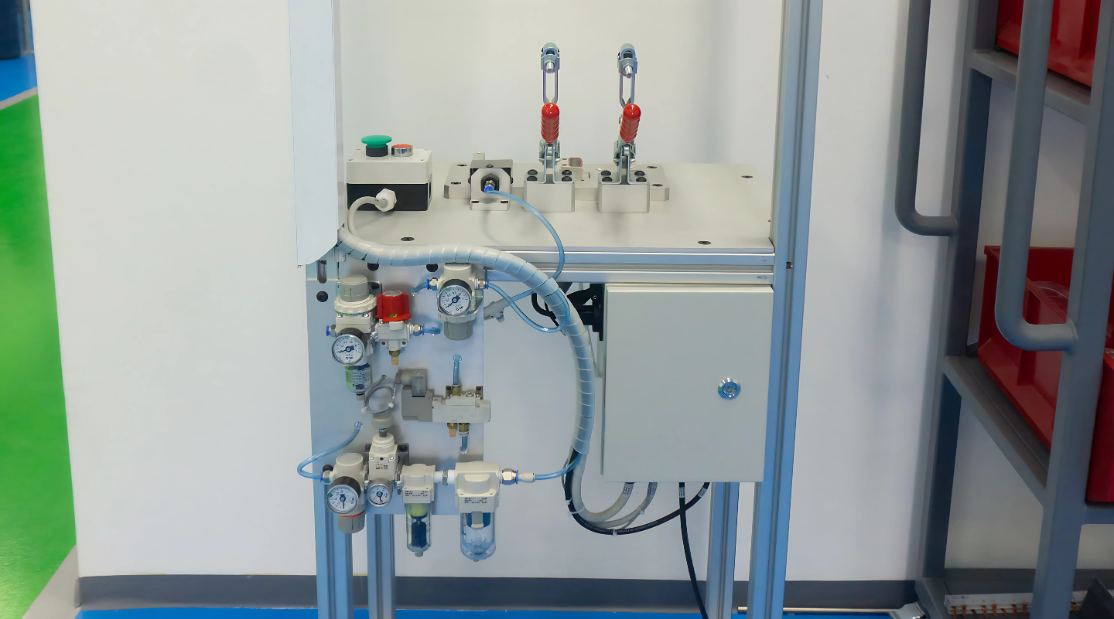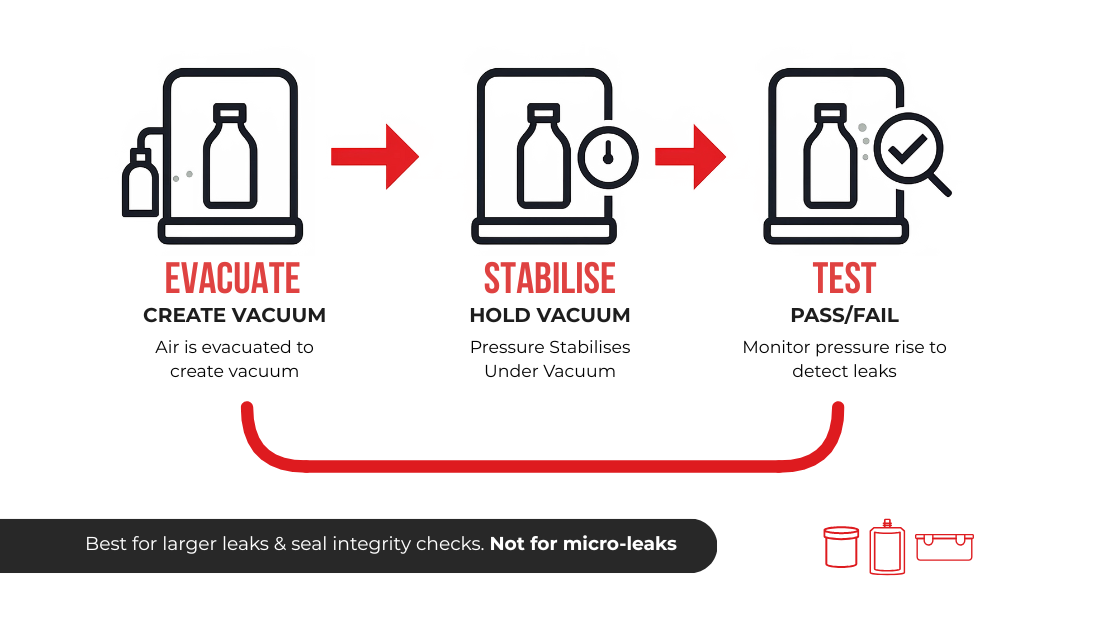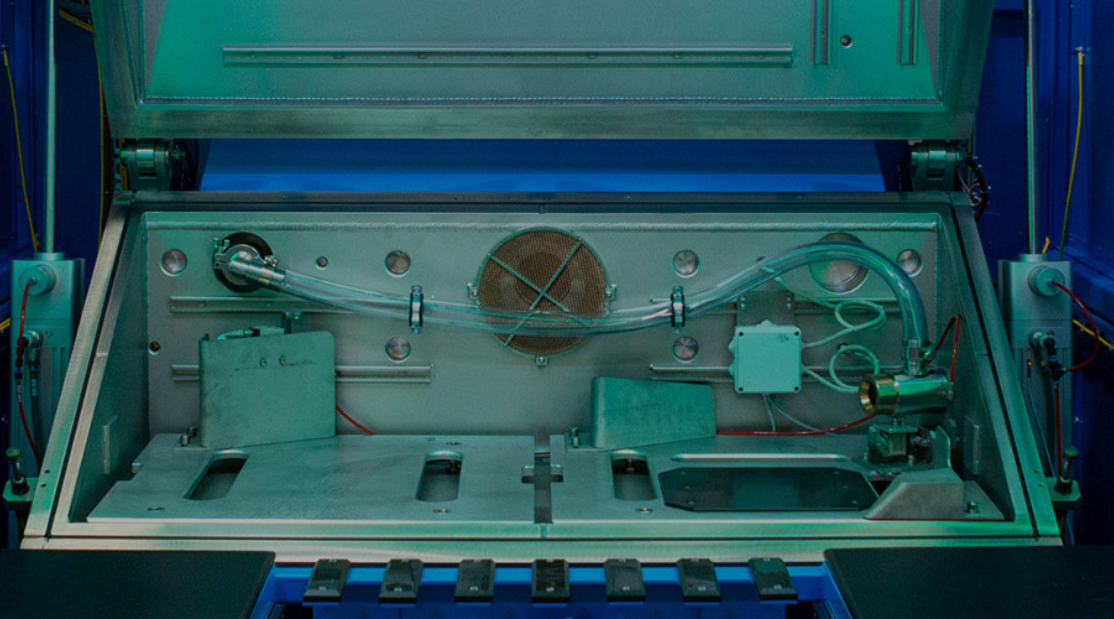Volume Units Converter
Result:
Getting the volume right is one of those behind-the-scenes details that makes a massive difference, especially in leak testing. Whether you're working in automotive, clean energy, HVAC, or medical tech, accurate volume measurement isn't optional — it's essential. That's why tools like this volume units converter calculator are so useful. It helps engineers and quality teams quickly switch between different units, keeping everything consistent no matter which standard you're working to.
Common Volume Units
This calculator lets you convert between the most widely used units in the field:
• litre (L)
• cubic centimetre (cc)
• cubic millimetre (mm³)
• cubic inch (inch³)
• US gallon
Simply enter your value, select the starting and finishing units, and you'll receive your result instantly. Super simple.
Why Volume Measurement Matters in Leak Testing
If you're using pressure-based methods, volume plays a direct role in your leak rate formula:
Q = V × Δp / Δt
That "V" is the volume of the part or system you're testing. If it's even a little off, your whole calculation can go sideways. Here's how it affects things:
• Leak rate accuracy: A wrong volume gives you a wrong leak rate. That's a big problem when you're working to strict tolerances.
• Test time and sensitivity:
– In pressure decay, bigger volumes mean longer stabilisation times.
– In accumulation tests, tighter enclosures help helium build up faster and speed things along.
– In vacuum decay, matching the test chamber volume closely to the part helps improve detection.
• Smarter system design: When designing your test setup, including tubing and any dead space, keeping overall volume in mind helps cut helium use and boost efficiency.
This isn't just about switching units. It's about laying the groundwork for quality, safety, and performance. Think of it like baking; if you want the recipe to come out right, you've got to measure properly. The same goes for leak testing.




